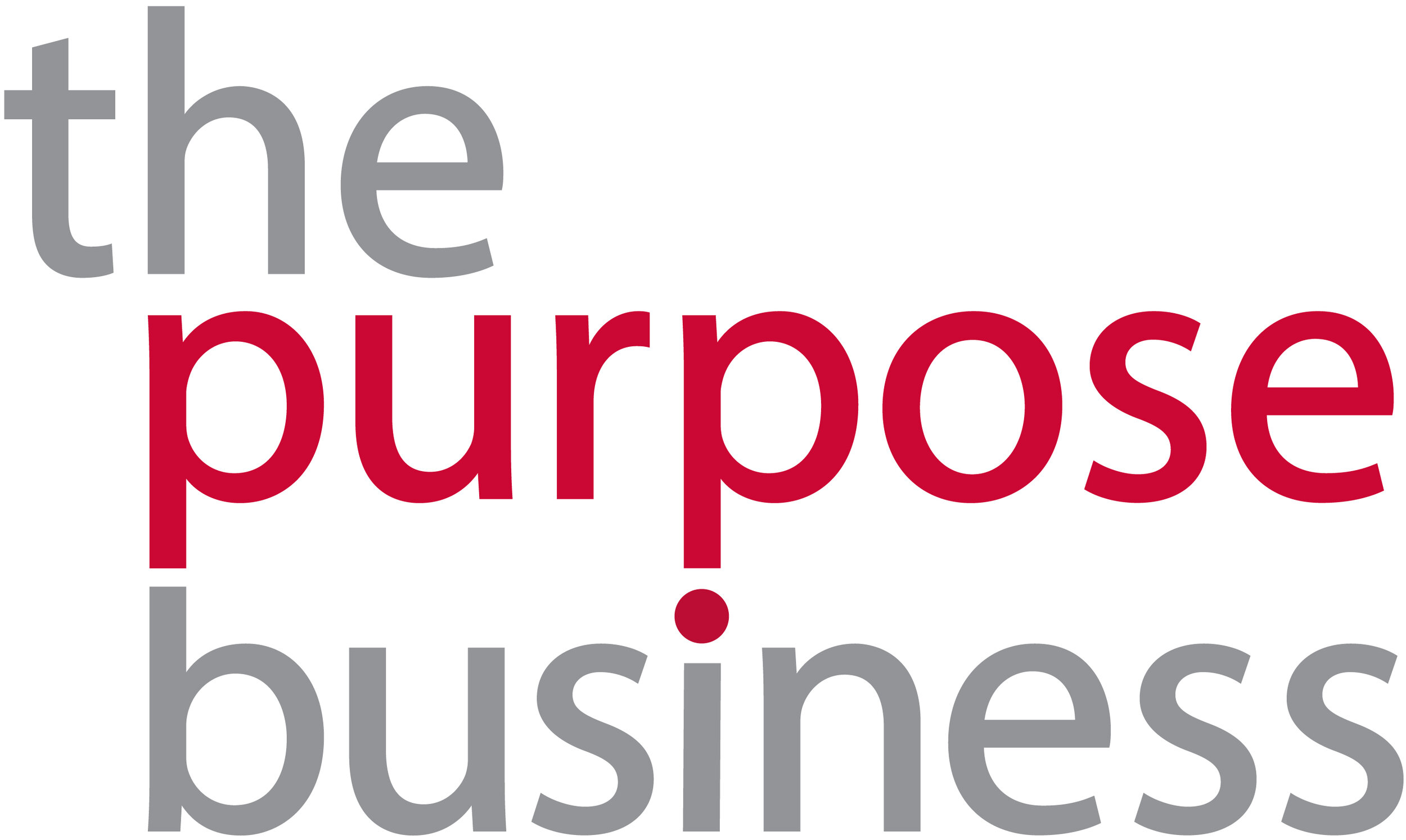Key checkpoints for talking sustainability with employees
Sustainability Advisor, Diana Chen, shares three ways to get your employees talking about sustainability.
If you want people to do something you have to communicate. It’s critical. Regardless of company size, communication is fundamental for business success as it informs, rallies, motivates and provides mutual understanding. Within every organisation, communications flow in three ways – upward with senior levels, downward with junior levels and lateral with peers.The role of communicating sustainability within a company should help unite the company’s business profile, offering, employees and future. Here are three checkpoints to communicate sustainability with your employees:
CHECKPOINT 1:
Start with clear and carefully managed goals from the top
This sounds like a no brainer, but you’d be surprised at how many employees respond differently when asked about the sustainability goals of their business. With many different departments and many different agendas, it’s important that the sustainability goals of the business do not contradict with the goals of other departments. Having clear sustainability direction and ambitions will give your communications plan and deliverables a much stronger basis – and where these align to the goals of the company, you are onto a winner.Also, within each department are key employees that frequently interact with external suppliers, customers and other key players in the industry. Therefore, it’s important that people have the knowledge and tools to represent sustainability in these conversations too. Employees should be able to talk about your sustainability goals in way that clearly defines what sustainability means to the company and articulate a value proposition (eg how sustainability drives business value).It is critical that these sustainability goals need are seen to be supported by senior leadership. Therefore, if your company is engaging with industry experts and consultants to identify the issues and targets most relevant and achievable for the business, making sure that senior leaders are part of any stakeholder engagement is key.
CHECKPOINT 2:
Get internal buy-in early
Businesses succeed when everyone within work together on shared beliefs and goals. It’s important to take those goals from the top to focused discussions with department employees in terms of what that means in relation to their job functions. This helps employees understand what they need to do within their different roles to help the organisation succeed in its sustainability goals.Early buy-in from employees must happen before any information or reports are released to external parties – think of it as prioritising your own family before your neighbours. Otherwise, many employees might not fully understand what the company is doing in terms of sustainability. This can make employees feel detached or cynical about the benefits of your efforts, and more dangerously can undermine the authenticity of the programme as it is not being manifested as a company-wide effort.
CHECKPOINT 3:
Implement the programme – focus, repeat and refine
When planning your communications to your internal community, it is important to identify the communication channels that are 1) most relevant to your goals and key audiences and 2) frequently visited and shareable with peers.Second, repeat. Repetition causes retainment and therefore, it’s important to communicate your messages more than once, twice, three times. The way, however, in which you communicate your goals – whether it be with messaging, design, a combination of the two or on print or digital platforms – can and should differ to reach a larger audience but also create different points of relativity to the overall goals.Third, refine when it makes sense to. We live in an age in which trends and technology are deemed irrelevant or obsolete within five years’ time. This is when, every few years, or when there is a significant change in the business, this entire process should be revisited, re-evaluated and refined. Sustainability is a continuous journey that requires patience, commitment and continuous improvement. And for a sustainability programme to endure, be credible and succeed, alignment, engagement and reinforcement within the business are essential – and strong communications are at the heart of this.




